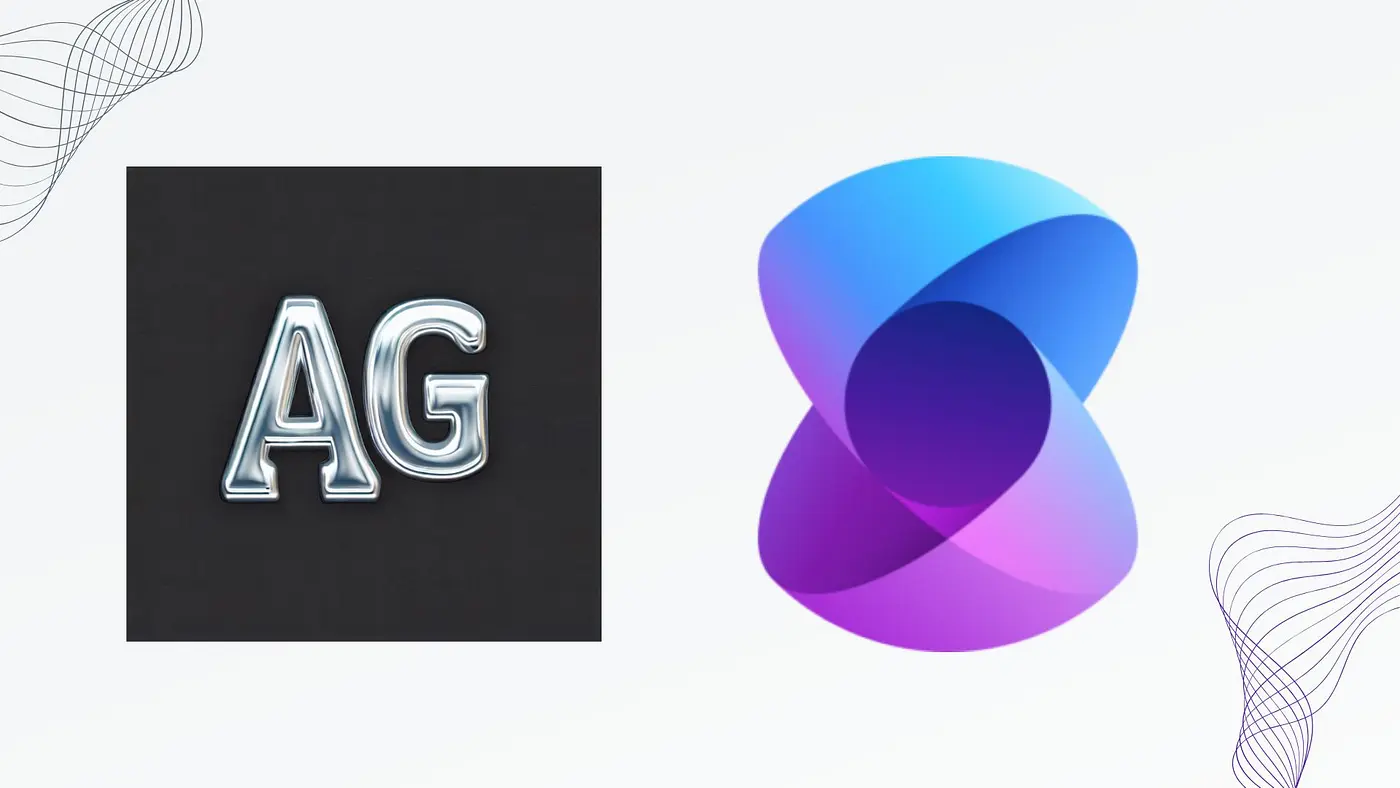
Introduction
Over the past 24 months, since LAB3 was announced as one of the original 70 Microsoft Cloud AI Partners, we’ve had a front-row seat to the rapid evolution of AI.
From Generative AI to the more recent emergence of Agentic AI, we have been deeply involved in exploring, building, and deploying AI solutions — both internally and for our clients. The past two years have been a whirlwind of AI advancements, but one thing remains clear: while the potential of AI is enormous, real-world impact and value requires moving beyond the hype.
Nothing illustrates this challenge more clearly than a recent McKinsey Digital Report, which stated:
“Only 1% of companies believe their AI investments have reached maturity.”
Yet, despite this, the same report highlights that 92% of companies plan to increase their investments in Generative AI over the next three years. AI has undeniably become a universal buzzword, dominating conversations across industries. However, the gap between hype and tangible value realization is still wide, leaving organizations eager to translate AI potential into meaningful business outcomes.
Over two posts, I’ll share my perspective on Hype vs. Hope in AI through the lens of:
Part 1:
- Microsoft AI Ecosystem & Framework
Part 2:
- Agentic AI architectures and Patterns
- High-value AI Scenarios
State of AI - Microsoft
Microsoft have been a major player in the AI space, embedding AI across its suites of products, from Copilot in GitHub and M365 into Azure AI Foundry and even Open-Sourcing some incredible frameworks such as Semantic Kernel and AutoGen.
Their approach to Agentic AI development spans a spectrum from low-code to pro-code, ensuring that organisations can adopt AI at a level that aligns with their business needs, technical maturity, and operational complexity.
Low-Code
At the low-code end, Microsoft 365 Copilot offers embedded AI agents within Microsoft applications, automating simple tasks such as email generation, report summarisation without requiring deep AI development expertise. Copilot Studio extends this capability, providing a low-code platform for building, customising, and managing AI-driven workflows.
Pro-Code
For organisations needing deeper control, Azure AI Agent Service, currently in preview, provides a managed platform for deploying autonomous AI agents that integrate seamlessly with enterprise systems, APIs, and databases. At the pro-code level, Azure AI Foundry and frameworks such as AutoGen and Semantic Kernel allow developers to build, orchestrate, and fine-tune multi-agent AI systems.
This broad array of AI services caters to different technical skill sets, democratising AI. Putting it not just in the hands of developers, but also empowering business users to enhance their own productivity through AI-driven automation in their daily workflows.
AI Frameworks - AutoGen and Semantic Kernel

Microsoft has developed numerous AI frameworks in addition to AutoGen and Semantic Kernel, such as TaskWeaver, among others. However, for this post, we will focus on Semantic Kernel and AutoGen; two of the most powerful tools in the Microsoft AI ecosystem.
AutoGen
AutoGen is an open-source framework developed by Microsoft Research’s AI Frontiers Lab for building event-driven, distributed AI agent systems. It simplifies the creation, orchestration, and collaboration of multiple LLMs (Large Language Models), SLMs (Small Language Models), and AI-powered tools using advanced multi-agent design patterns.
AutoGen enables both autonomous and human-in-the-loop workflows, making it particularly useful for complex, multi-agent AI interactions across information boundaries. Its distributed architecture supports long-running, adaptive AI agents, ensuring robust execution in production-grade applications. AutoGen currently supports C# and Python, allowing seamless integration into Microsoft’s AI and cloud ecosystem.
In addition, AutoGen Studio provides a low-code graphical interface for designing, visualising, and managing multi-agent workflows. This feature is particularly valuable for:
- Prototyping and rapid development
- Demoing AI capabilities to clients
- Showcasing AI agent orchestration in real-world applications
Semantic Kernel
Semantic Kernel is a production-ready SDK developed by Microsoft that integrates large language models (LLMs) and data sources into applications, enabling the creation of enterprise-grade, scalable Generative AI solutions.
Semantic Kernel supports multiple programming languages, including C#, Python, and Java, making it highly adaptable for developers working across different ecosystems.
Agent Framework RC1: A Major Leap Forward
Recently, Semantic Kernel advanced its capabilities with the release of the Agent Framework Release Candidate 1 (RC1) as part of Semantic Kernel versions 1.40 (.NET) and 1.22.0 (Python). This framework provides a robust and versatile foundation for building AI agents tailored for enterprise applications.
The Agent Framework introduces event-driven, distributed agentic applications, allowing:
- Multi-agent orchestration across various AI models and tools
- Support for long-running, autonomous AI workflows
- Flexible levels of human involvement in AI interactions
A key feature of RC1 is Multi-Provider Agent Support, which expands Semantic Kernel’s compatibility with multiple AI agent providers such as AutoGen, CrewAI, OpenAI Assistants and even AWS Bedrock.
Final Thoughts - Part 1
While this post is largely informational, it highlights just how much is evolving within the AI landscape in such a short period. One of the most exciting aspects is watching the evolution of agentic frameworks and how they compare and interact with one another.
Last weeks (28th of Feburary 2025) release of the RC1 Agents Framework for Semantic Kernel immediately shifts the perspective on building large-scale agentic applications and workflows. It reduces the complexity of a decentralised approach to AI agent development, while still enabling centralised tooling and operations.
I’ll expand on this further in Part 2, where I’ll explore Agentic Architectures and Patterns.